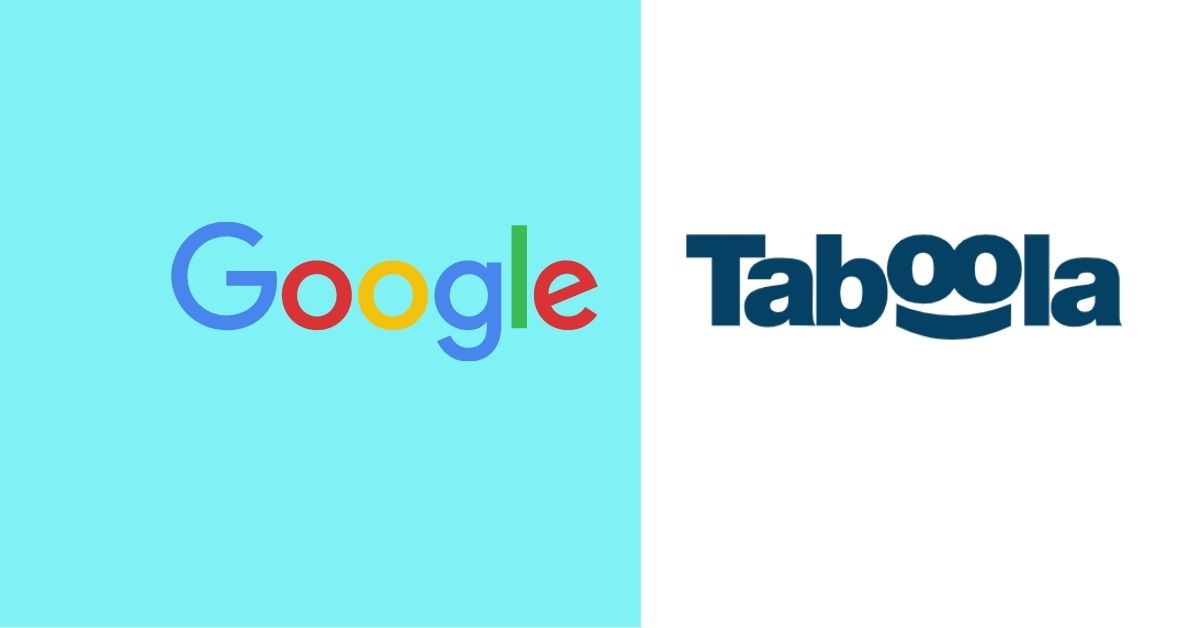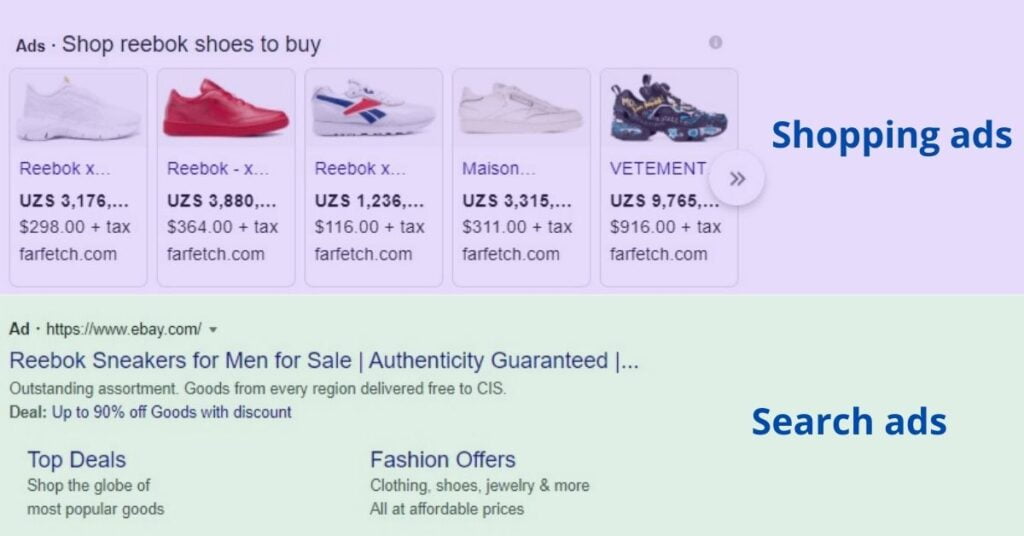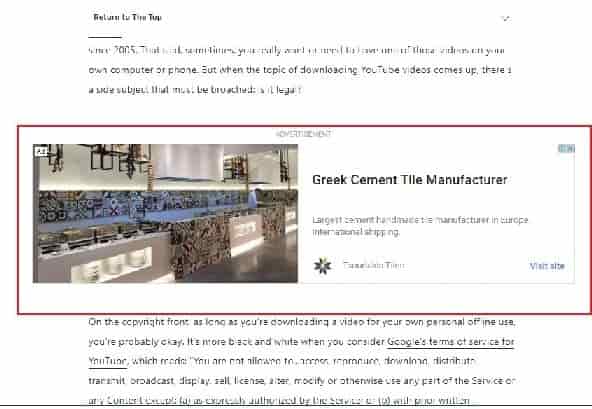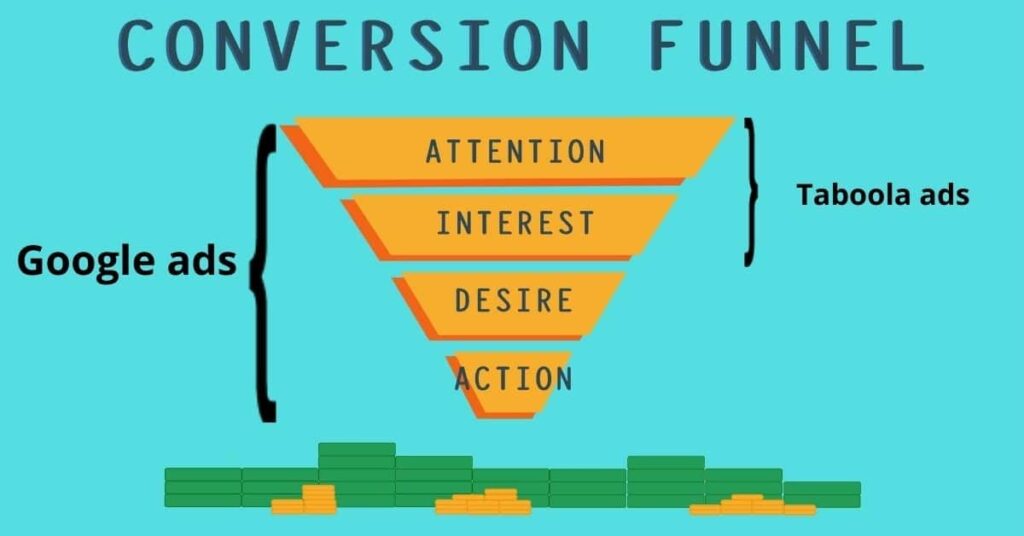Google Ads vs. Taboola [9+ Comparison Points]

If you are to define online advertising in one word, what would it be?
Ask any expert. It all comes down to the successful ‘placement’ of the ad.
The bottom line is, you must deliver ads to a specific target audience. The more specific you are, the better are your chances of conversion.
Digital marketing platforms use complex algorithms to find out user intent. Then, they place your ads by the user intent data. Google Ads is by far the biggest! It is very popular with thousands of advertisers around the world.
However, you have other choices as well. These include services such as Facebook Ads and Taboola! Finally, it is up to you to decide which works best for your business. Comparing the merits and demerits of each platform helps define your strategy.
In this article, we will compare Google Ads with Taboola in more detail. So, let’s dive in!
1. Algorithm potential
Google algorithm is very powerful. The search engine has billions of queries daily. You can easily imagine the incredible amount of data!
It parses this data into highly granular analytics, available to advertisers. This allows you to develop highly specific campaigns. Google also has an automated system called Smart Campaigns.
Taboola relies on its ‘predictive engine.’ It analyzes the Taboola publisher network for data. However, Taboola actually admits that its algorithm takes up some time to yield results. Google is much faster.
Do note that nothing is absolute, though! Taboola can as well as be a powerful driver of revenue. Therefore, it is up to you to decide the right option.
2. Search engine vs. Predictive engine
Google Ads enjoys amazing authority in this respect. It places its ads along with organic results. Both search ads (text-based) and shopping ads (image-based) are displayed on the same page of Google. Users don’t have to visit another page to view ads.

However, one must first visit a site in the Taboola publisher network. Only then, the ads are visible. In this respect, it is similar to how the Google Display Network (GDN) works.
3. Minimum traffic requirements
Not just anyone can become a Taboola publisher!
- A website should at least have 1 million page views per month.
- You must submit your site data for review first.
- Following this, Taboola will ask you to sign an NDA specifying the minimum traffic threshold.
- You will also have to install a code called the Taboola pixel.
This makes you a part of the growing publisher network of Taboola. Some of the top sites in the world are a part of this network, reaching millions of users.
Search ads and shopping ads in Google do not require being part of a network. They come up along with organic results. It is necessary only when you set your campaign type to include display ads on GDN.
Google does not require a minimum traffic volume. Your site should be a good one, though. However, for remarketing campaigns, you need to have at least 100 active cookies.
4. Native Ad strategy
Taboola is a big player in the native ad niche. What is a native ad? It refers to ads placed on a website to imitate the nature of the content on that page.
In effect, these ads look like relevant blog pages encouraging visitors to explore them. You must have noticed the Taboola feed! They usually appear beneath the content in some of your favorite websites.
Google display ads are also visible in websites belonging to the Google Display Network. However, they do not appear quite like another blog post! They look like ads.

A native ad does not look like a typical ad. Google search ads are also native ads since they imitate organic search results. But, they are never visible on another website.
5. Ad formats
Google Ads is more versatile when it comes to ad formats. It includes:
- Search ads (text-based)
- Shopping ads (image-based, using a thumbnail)
- Display ads (using a banner or a slightly smaller image)
- App ads
- Video ads (on YouTube)
- Ads shown on Google maps
Taboola follows a standard format of an image along with the descriptive text. It also displays images in a carousel (not available in Google Ads) and short videos.
However, most of its ads look like organic content with an image, a title, and a short description.
6. Trust factor
Everybody trusts Google and its quality ad policies. It is one of the most reputed companies all over the world.
Ads displayed on Google search engines must oblige with strict quality parameters. Hence, these are always credible and relevant.
Taboola also intends to capture the trust of users. This is why it adapts a native advertising strategy. However, sometimes, ad headlines in Taboola are flashy and sensational. (Google forbids sensationalism.) This sort of goes against its nativity, and the ads may look too flashy.
Besides, they often use stock images with the ads. This also kind of goes against the trust factor.
7. Video ads
Let’s be honest. YouTube is the king of the online video world. It is also the top search engine for video content. Nothing quite compares to its potential for effective video ads.
You will have to depend on Google Ads for that. The Taboola feed may contain videos, but it quite falls short compared to YouTube.
8. Creating awareness
Taboola brands itself as a content discovery platform. In other words, it is a powerful medium to create awareness about your website.
Google Ads, on the other hand, caters to users who already intend to buy a product or service. However, unless a user is aware of your product, he/she will not actively search for it.
Taboola can be a good choice when you are launching a new product and want people to know about it.
9. User intent
Google Ads mostly cater to active user intent. People visit Google to find answers to very specific issues. The user is either looking for more information on something or intends to buy something. Google search ads attend to users who are lower down in the sales funnel and are more likely to convert.

However, Taboola is based on the passive intent of users. When people visit a site in its publisher network, they are not looking actively to buy a product. They want more information, and Taboola tries to capitulate on this intent.
10. Relevance of content
This is another drawback of Taboola. Their algorithm (predictive engine) accounts for a broad range of factors. This results in the placement of irrelevant content. You may notice ads about hair transplantation, hearing aids, and coding classes beneath content at an entertainment website!
Google Ads, on the other hand, uses a highly nuanced keyword strategy. This ensures that all its ads are highly relevant, whether they are on the search page or in the display network. Taboola does not depend on keywords.
Conclusion
Your choice between Google Ads and Taboola should depend on these factors. In the end, you can run campaigns on both platforms simultaneously, if your marketing budget allows it.
People trust Google with quality. However, the Taboola publisher network also consists of some of the most trusted websites on the internet.
Which platform best suits your business strategy? Let me know in the comments strategy below.
For any help with managing your Google ads account, you can always contact me through the Contact page…

